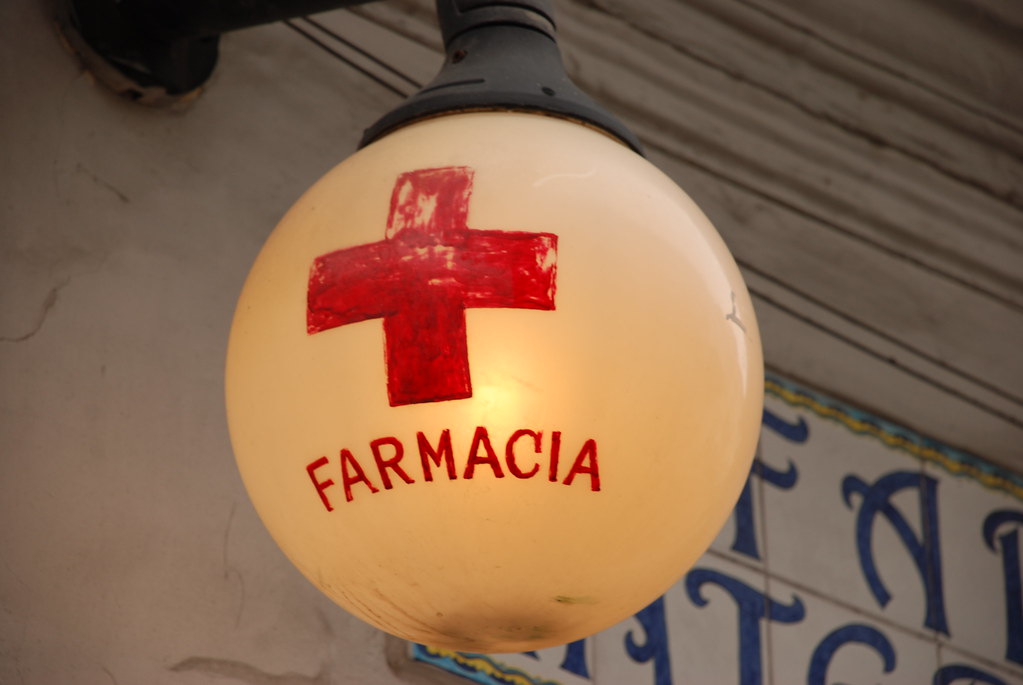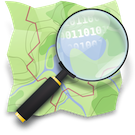This is a guest post by Andrzej Zaborowski and was posted before on blog.openstreetmap.pl in Polish. It provides an overview of the existing approaches to sharing resources between OSM and government institutions.
At this time the whole topic of cooperation between governments and OpenStreetMap, can at most belong in the future considerations category in the OSM community in Poland. Partly this is a result of the shape of the local geodesy law that forbids distribution (as well as collection) of geographic information forming part of the cartographic & geodesic resource outside of some very strict procedures, and partly because the local OSM community is still so small. It seems, however, that this sort of cooperation has full support, here as well as in the world-wide OSM community. Obviously we’re mainly talking about government institutions that have something in common with the project, like, making maps. When two groups work for a similar goal, why not co-work. In fact why not do something once instead of duplicating efforts. But how, in practice, can this cooperation work is really an open question. Both bodies will usually have their existing datasets and joining two geographic datasets is no easy task (the existence of OSM in Poland parallelly with a very similar, older project called UMP has also spurred thoughts on this) — a subtask of it will be determining the more precise source of the two for every area, and this in turn is best done using a third, reference dataset. Later how do you deal with the edits done in live datasets, how do you synchronise. How do you estimate the accuracy of an edit, to know if it fits the quality requirements of a particular database.
This is why cooperation is often understood unidirectionally: just like recently in the UK, Australia or NZ, and since ever in the US, governments publish their data (through sites like data.gov, data.gov.uk or geodata.gov.gr) and then OSM contributors use it where they see fit. In the UK additionally the OSM Foundation was one of the bodies consulted when drafting the ways of sharing the government data — this was already an element of a different type of cooperation. Similarly the city of Paris council announced that it would publish data under the new ODbL license that was created (at least partially) with OSM in mind.
In Germany a number of government websites started using interactive OSM slippymaps, because even if the administration has access to much more accurate data, OpenStreetMap comes with easy tools and web technologies ready to use. Official data is in the first place created for tasks like city planning, determining land value and taxes etc., and any web use is completely secondary. This is similar to how the US website change.gov once used an OSM map widget.
From some discussions on the OSM communication channels this year it seemed that the US Geological Survey (USGS) went a further in these considerations and had been ready to accept improvements to map data directly from OpenStreetMap contributors had they made them available under a suitable license. This license requirement came only from the US law regulations on government-created data. But, since OSM has its terms of use pretty well established for the last couple of years, the whole topic of USGS cooperation seems to have gotten stuck and the agency has even made comments about starting a similar community project using OpenStreetMap’s software stack, with the difference of the data licensing. At this point we would be back to the government sharing its data and OSM using it if needed, but it would be possible to cooperate on the software development maybe.
What lead me to make these comparisons though, is a relation from the meeting two weeks ago held between three institutions in Spain, which you could later read on the mailing list of the OpenStreetMap Foundation chapter there. The project was represented by the local chapter president Iván Sánchez, with three representatives of National Geographic Institute (IGN — an organ of one of the ministries in Spain) and two people from an independent body tasked with the distribution of IGN’s publications (CNIG — National Centre for Geographic Information). The meeting was, understandably, described as very successful, here’s a summary of what had been concluded:
- The terms of use for OpenStreetMap and IGN data are essentially similar, but not 100% compatible. For clarity it is desired that IGN issues an appropriate declaration mentioning OSM explicitly and concerning in the first place the aerial imagery for the entire country. It was suggested that the declaration takes the stance that OpenStreetMap data based on the imagery is an independent work — this is often discussed in the project.
- CNIG expects that data created in OSM with those imagery layers be tagged with the date of acquisition of the imagery (something that is almost always done today).
- The CNIG would like to obtain an additional license, compatible with that which is mandated by Spanish law for government institutions, for data collected during Mapping Parties (literally) organised by the OSM Spain chapter. This would concern the GPS traces collected and the participants’ notes. CNIG would also like the local chapter to consider Mapping Party locations suggestions made by CNIG for a given year.
- CNIG wants to encourage distribution of OSM maps through traditional GIS protocols (WMS, WMS-C, WMTS).
- Some data may be made available by IGN / CNIG under a stricter license terms than those required by OSM, but lose enough that the data may be used for verification and other tasks.
- CNIG wants to try to adapt the Walking Papers service, made primarily for OSM contributors use, to its internal needs and data models.
I must say some of the points made surprised me, but at the same time are a very interesting way to see how cooperation between the project and organisations can look practically. Fortunately the demands made of OSM are all real and satisfiable (mostly already satisfied today). And it seems that both sides have clearly stated requirements and expectations, which is difficult to find elsewhere: for instance there are various companies that made vague statements that the ongoing OpenStreetMap license change process may help them better use or cooperate with the project, but nothing concrete has been publicly confirmed or committed to.
Makes me wonder what this process should be like in an “ideal world” because it’s still not clear, let alone what it could look like locally. (Hopefully the currently-consulted and long overdue Polish implementation of the information re-use European directive is going to change something in that area, so we can even talk about it in the local context).







